Episodes, the Dreadnaught, and Year 11: Bungie won't let Destiny 2 slow down after The Final Shape, even if it has to break the universe
Edge 399 takes us inside the making of Destiny 2: The Final Shape and into the future of Bungie's MMO
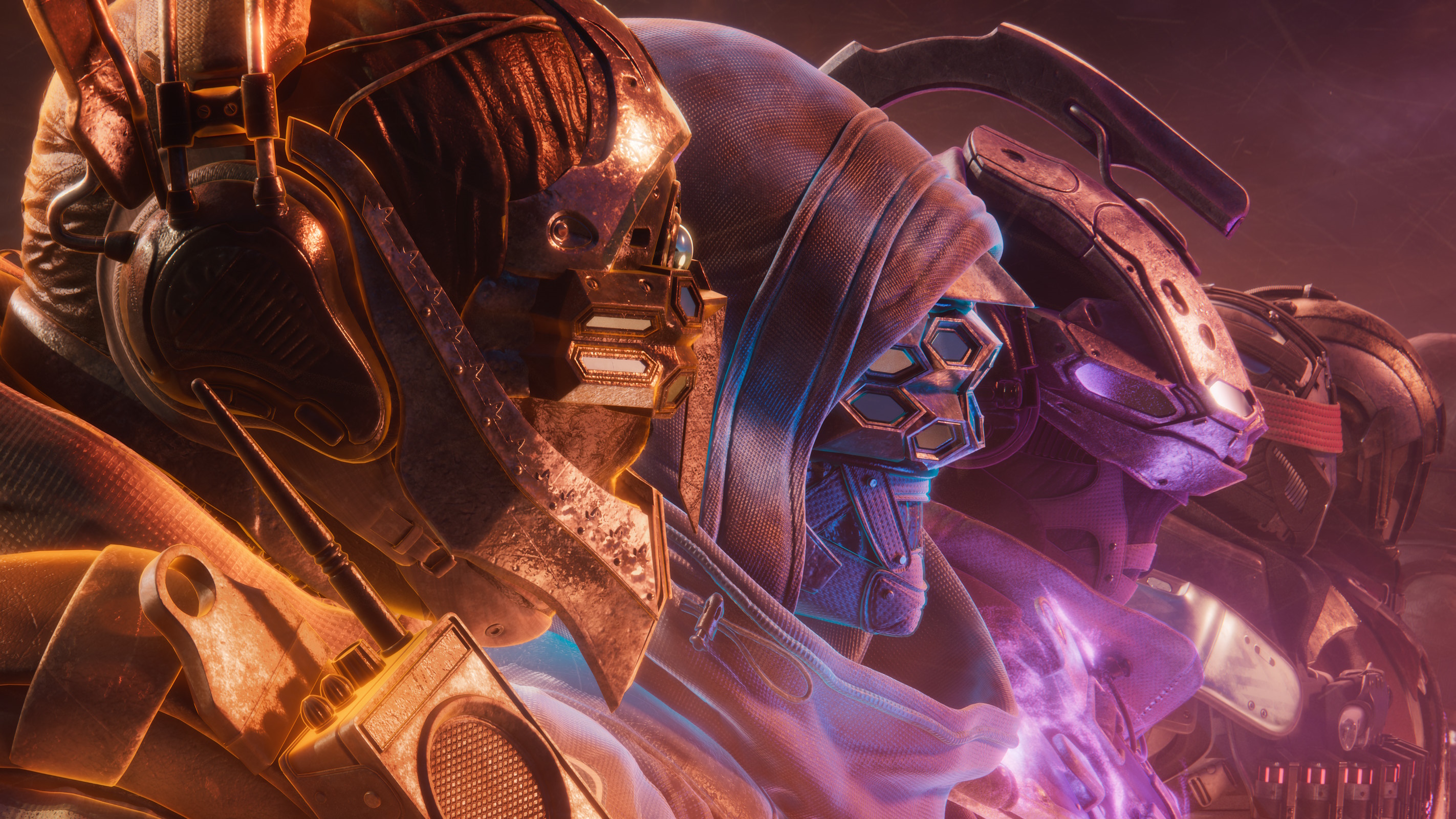
The Final Shape, the massive expansion capping off Destiny and now Destiny 2's decade-long Light And Darkness saga, which has defined virtually the entire realm of this science-fantasy space opera cleverly disguised as an MMO shooter, couldn't be rushed. Bungie is glad it delayed it. The additional time – and the extra polish that enabled – was essential as the developer fought to live up to the likes of Destiny's renowned Taken King and Destiny 2's equally regal Witch Queen. According to expansion lead Catarina Macedo, it was about putting The Final Shape on the same high shelf as "those really good expansions."
Destiny 2 players have spent years watching, romanticizing and slowly approaching the horizon. It's long been felt that the big thing always existed just ahead of the current game, with each expansion bringing players a little closer to it. As its title implies, then, teases and broad strokes and setup wouldn't be enough for The Final Shape. It's time to stop asking questions and start answering them. We've reached the horizon. The Final Shape needed to be epic, climactic, specific. Worthy. It needed to play some big cards – and, based on what we've seen, it has done so.
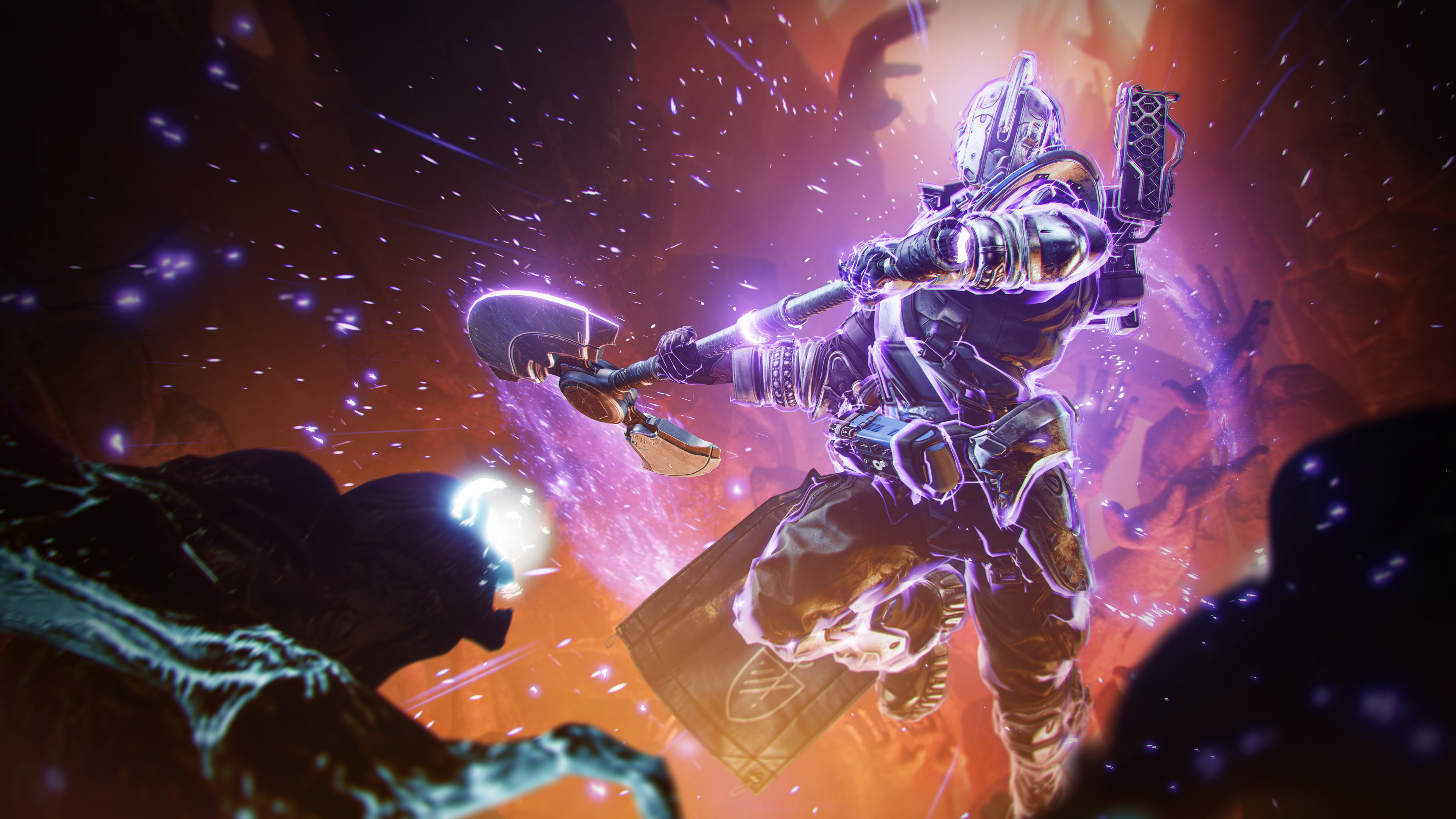
This feature originally appeared in Edge Magazine. For more fantastic in-depth interviews, features, reviews, and more delivered straight to your door or device, subscribe to Edge.
Now that it's finally here and players the world over have had their showdown with the Witness, Bungie can stop worrying about how to make good on its 10-year promise, and instead start worrying about how to follow it up. As though heading off player concerns, with some worries inflamed by layoffs which followed reports of internal shortfalls after Lightfall's less-than-stellar reception, Bungie has repeatedly stressed that The Final Shape is not the end of Destiny 2, that the game still has gas in the tank. But this is the end of Destiny 2 as we've known it for years. Beginning in year 10 of this franchise, a new model built around three standalone Episodes, each containing three Acts lasting about six weeks apiece, is replacing the well-worn seasonal model.
With the Light And Darkness saga officially finished, once these Episodes have explored the effects of our fight with the Witness, we'll be in uncharted waters. Even the shape and timeline of the next pillar expansion (which still seems essential for a game that apparently can't survive on microtransactions and season pass equivalents alone, especially under the watchful eye of corporate owner Sony) feels unclear now that the quadrilogy that began with 2020's Beyond Light expansion has been resolved. Just as The Final Shape had a lot to live up to, the Episodes in year 10 now have a lot to prove. As Bungie prepares to "break the rules of the universe" a bit, as assistant Destiny 2 game director Robbie Stevens puts it, it must also answer the big question from the game's community: now what?
Shape shift
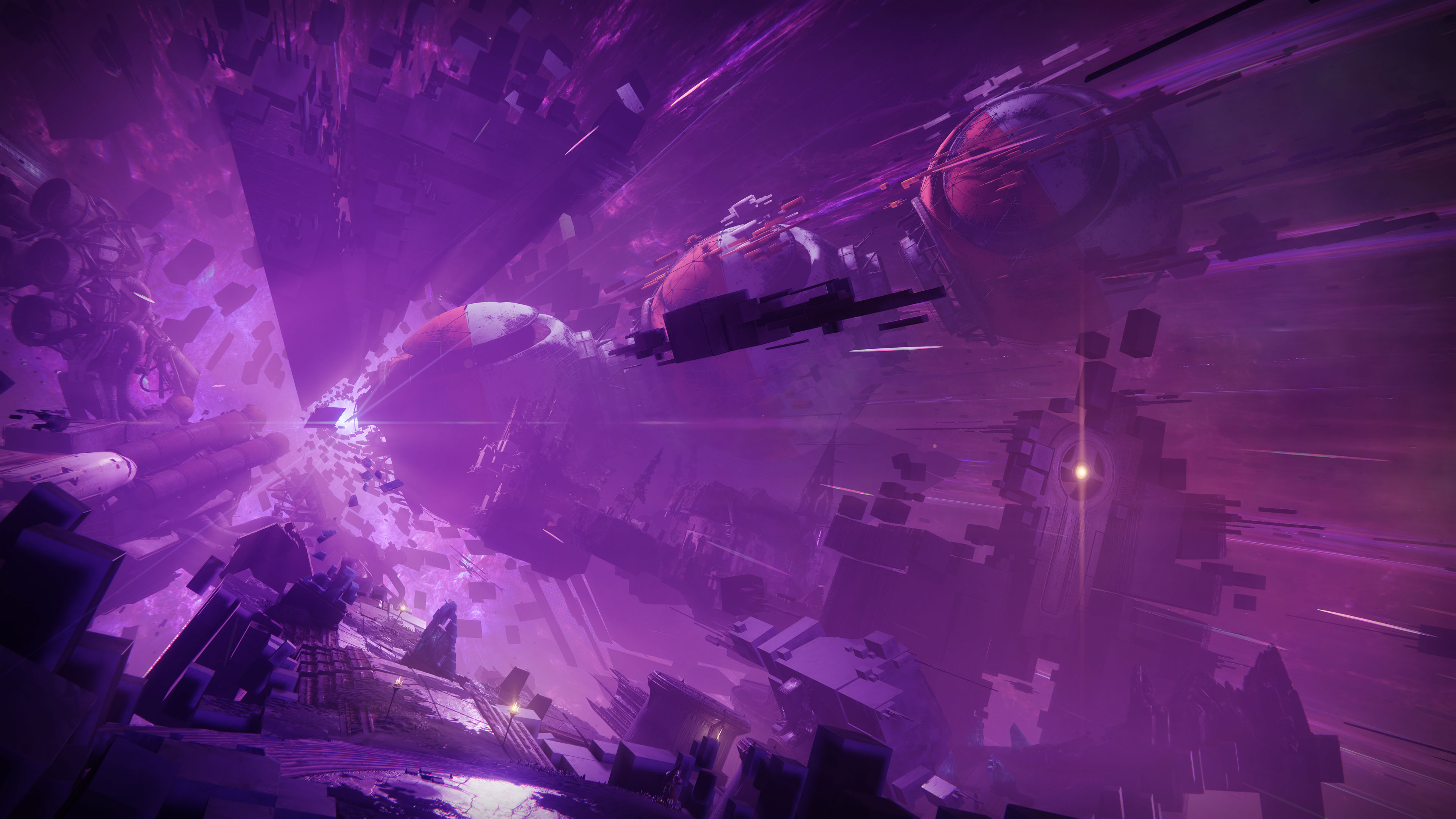
This pinnacle expansion and the new model are inextricably linked, and The Final Shape forms a solid launchpad for this dramatic departure. Auspiciously, even as fans devour the expansion launch with a hunger known only to MMORPG players, it's becoming clear that The Final Shape still has more to give. The expansion has long been defined by its narrative but may be best remembered for how it redefines what's arguably Destiny 2's most valuable asset: best-in-class gunplay elevated by fantastical RPG character builds that inject various flavors of explosions into combat.
Alongside the expected slew of balance changes and shiny new guns, in The Final Shape Bungie has accomplished this primarily through the introduction of two important elements. We have a new enemy race, the Dread, and a new Guardian subclass, Prismatic, which combines abilities from the five other subclasses in a way even Macedo acknowledges was once seen as something "Bungie would never do." Both are here to stay, and both have been a long time coming.
We don't want to make a new unit and then have you never see it again.
Ben Wommack
"A lot of what the Dread is now, there have been pieces that had been prototyped and developed from years and years back," the game's combat area lead, Ben Wommack, explains. "The difference now was a few crystallizing factors. One was the end of the saga and finally having the right place for what we've fictionally thought of as the Witness' personal army. The other thing was trying to figure out the right way to do it, because making new combatant factions is actually extremely time-consuming. And there's times when we've done it before, and we're like, 'Well, that was a ton of work – was it really the right thing to do with a lot of time?'"
Sign up to the GamesRadar+ Newsletter
Weekly digests, tales from the communities you love, and more
Another key factor was Bungie getting the harder enemies out of the way first, going back to the Tormentor in Lightfall. From there, the gangly Grim, stocky Husk and other Dread enemies were easier to bring to life. Now that the Dread have been fully realized, they aren't going away despite the events of The Final Shape's campaign. "The Dread are definitely in the Destiny universe to stay," Wommack affirms. "That's another reason it's kind of hard to make them sometimes, because we don't want to make a new unit and then have you never see it again."
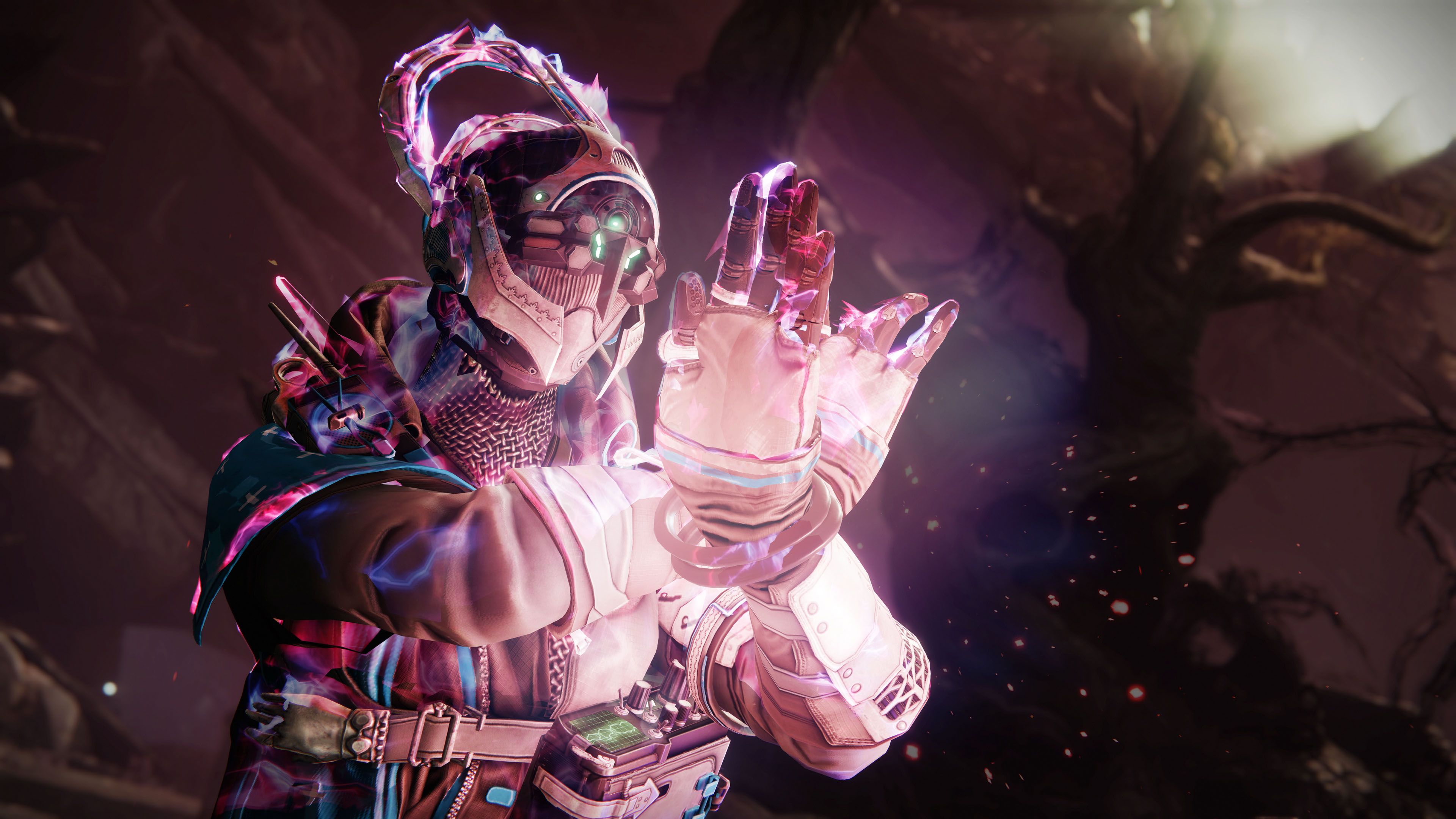
Compared to traditional subclasses, Prismatic can sometimes feel peerless, especially when you first get a taste. Wommack reckons that's just fine, and even good, as long as it isn't actually game-warping. "We don't want to break the game," he says. "That'd be bad for everyone. But it's great when someone feels like they're breaking the game. When you feel like you're playing by the rules, but you're doing something unexpected that gets you way farther than you thought – that's really good. And some of the time we even design it to be intentional like that. People were playing some of these initial builds of what Prismatic would be and they felt, 'Oh, this is really so broken'. But in playing it, it wasn't actually broken, it was just this completely different way of approaching how to accomplish some of these parts of game cycles that we're already used to."
Prismatic was also the result of Bungie building on a long-smoldering idea, but it came together very differently from the Dread. Macedo says that Bungie wanted a bespoke power fantasy compared to previous subclasses, as well as something that felt unique to the Guardian and that nobody else could pull off. Combining Light and Dark powers "resonated with us so much throughout development," she says, as a way to both mechanically and narratively "pay homage to the 10 years of Destiny."
"This is something that's been an idea for a long time but never really had a great outlet," Wommack says. "Once this idea of Prismatic, this earliest form, started, there was a lot of doubt. The thing that happened was, we started to use it and we started to see the potential, and it was so fun. It was just so fun. That's when we knew the kernel of all these ideas coming together actually had something going. And we also knew that it was going to be very unexpected. Because we didn't expect it."
The Dread have moved in permanently, and Prismatic is likewise here for the long haul. Wommack doesn't commit to specifics because Bungie is still weighing up "a bunch of ideas," but does confirm the team is looking at "a lot of options" for how to build on Prismatic going forward. In fact, he says, "we discovered that we could do more than we originally thought."
These two elements have given Destiny 2's core action a welcome, refreshing bite. It feels newer than it has in years, and The Final Shape is still comfortably in its honeymoon period with players. But, of course, that won't last forever. More pertinently, it won't last a year. Episodes are going to have a lot of heavy lifting to do soon enough, but Stevens reckons Bungie is up for the challenge.
A story in three Episodes
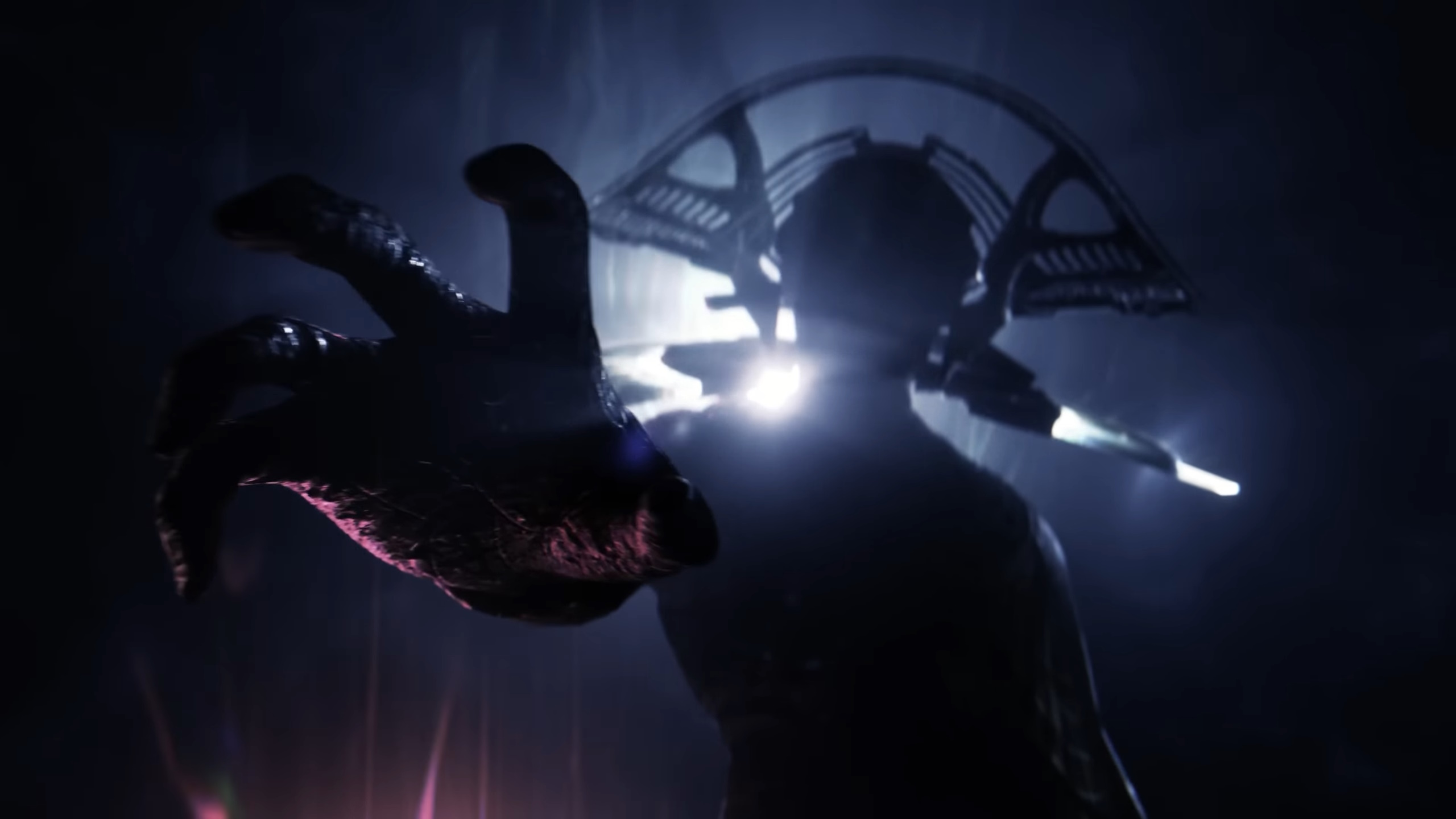
Year 10 of Destiny 2 is about the aftermath of The Final Shape. All three forthcoming Episodes – Episode One: Echoes, Episode Two: Revenant and Episode Three: Heresy – tap into specific, standalone stories tied to different enemy factions. But while these are discrete stories explicitly designed to be easier for players to get into and catch up on, there is a connecting thread stitched through year 10: seeds of power called Echoes that, Stevens says, were "born from the collision of Light and Dark as the Witness died."
"These seeds of power, they're pretty terrifying," Stevens adds. "These are seeds that anyone can claim, leaving a lasting impact on the world. And ultimately they can break the rules of the universe. The Echoes are really our way to kind of break some of the rules that have been pretty static for a while now as we've established what Light and Darkness are, and it allows the wielders of the Echoes to do things that wouldn't be possible otherwise.
"We really wanted to make sure that The Final Shape and the culmination of the ten-year journey have a lasting impact. So year 10 is really all about the consequence of that conflict. It's a bridge into the next era of Destiny. We didn't want to immediately leave The Final Shape and do something completely different because that feels like it would kind of ruin what everything culminated to. But, at the same time, we wanted to start doing new things, right? Episode One: Echoes is meant to send a clear signal to players, to everyone who loves Destiny, that this isn't the end. It's a new beginning."
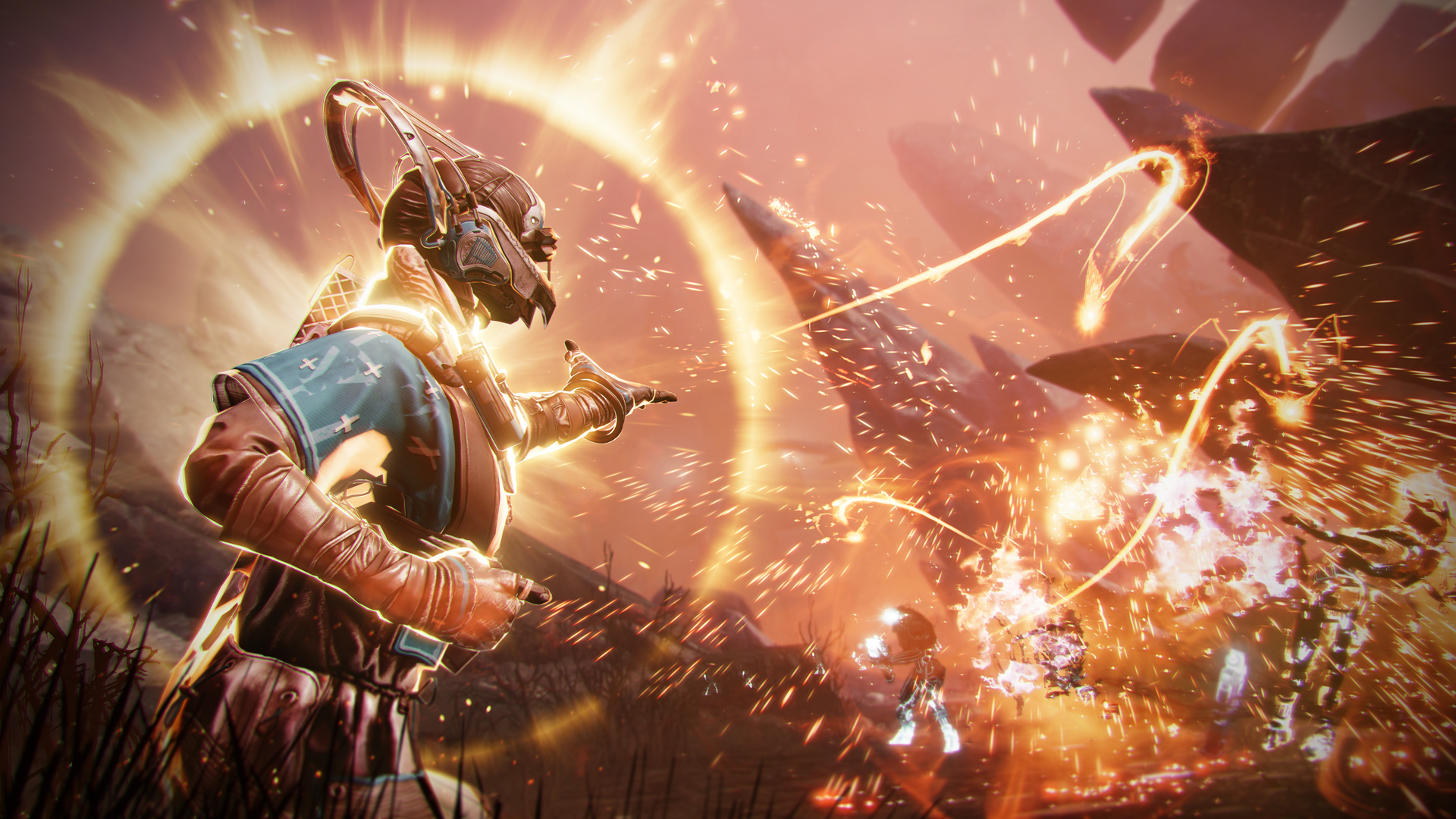
In the past two years especially, Bungie has experimented with randomness in power-ups and encounters to shake up seasonal activities in Destiny 2. The process has led to some best-ever gameplay loops, and, as Stevens explains, it's part of a conscious push to splice in DNA from other genres and see what feels right. "Some of the thinking with some of the Roguelikes and some of the bins that you could think of for survival or extraction games or things like that is: what are those different styles of stakes that you can apply to these different activity types? How can we build an activity type that actually can be longer than the traditional Strike or Battleground? How can we change the things we're building to react to players saying, 'We want to see y'all really mix the pot on what Destiny could be'?"
At the center of Episode One is the Conductor, a new Vex antagonist at the forefront of an awakening on the machine planet Nessus. Stevens agrees that "the Vex have always been a villain race that hasn't really had a face," and the Conductor gives them that recognisable front person. In Episode One, Bungie has been quick to introduce a new villain after the Witness, and its first Act has begun to communicate what Episodes are all about. Namely: a better, meaningfully different version of Seasons.
Stevens points to an ongoing "conversation with players" about how Destiny 2 is built, and how it's played and received. It's a delicate balancing act, and Bungie has had to adjust plans countless times to keep the game in a good place – or to get it out of a bad place. The seasonal model was getting harder and harder to adjust. "Episodes are a big step for us in terms of doing a larger adaptation for how we can evolve the world, how we can build a content cadence that feels really different from Seasons today," Stevens says.
"One of the big things that players have been telling us for a really long time is, 'Hey, I want to be able to play Destiny, play it a ton, play it all the time, but also be able to plan my life around it a little bit. I want to better understand when new and awesome things are coming'. And so beyond the Act model not only allowing us to just tell deeper stories and provide a more rapid content cadence with these drops happening more frequently, it also allows people to constantly go, 'OK, I know when the next thing is coming'.
"We're going to do our best to still keep surprise and delight in the game. And we are going to give some details as we get closer to Acts dropping so people can get excited about them and we can start being like, 'Hey, the next part of the story is about to start'. But at the end of the day, this will be the first time, I think in a very, very long time, where people can much more clearly go, 'I know Act Two's just around the corner and I'm gonna jump back in and see where the game is headed'."
From Seasonal to Episodic
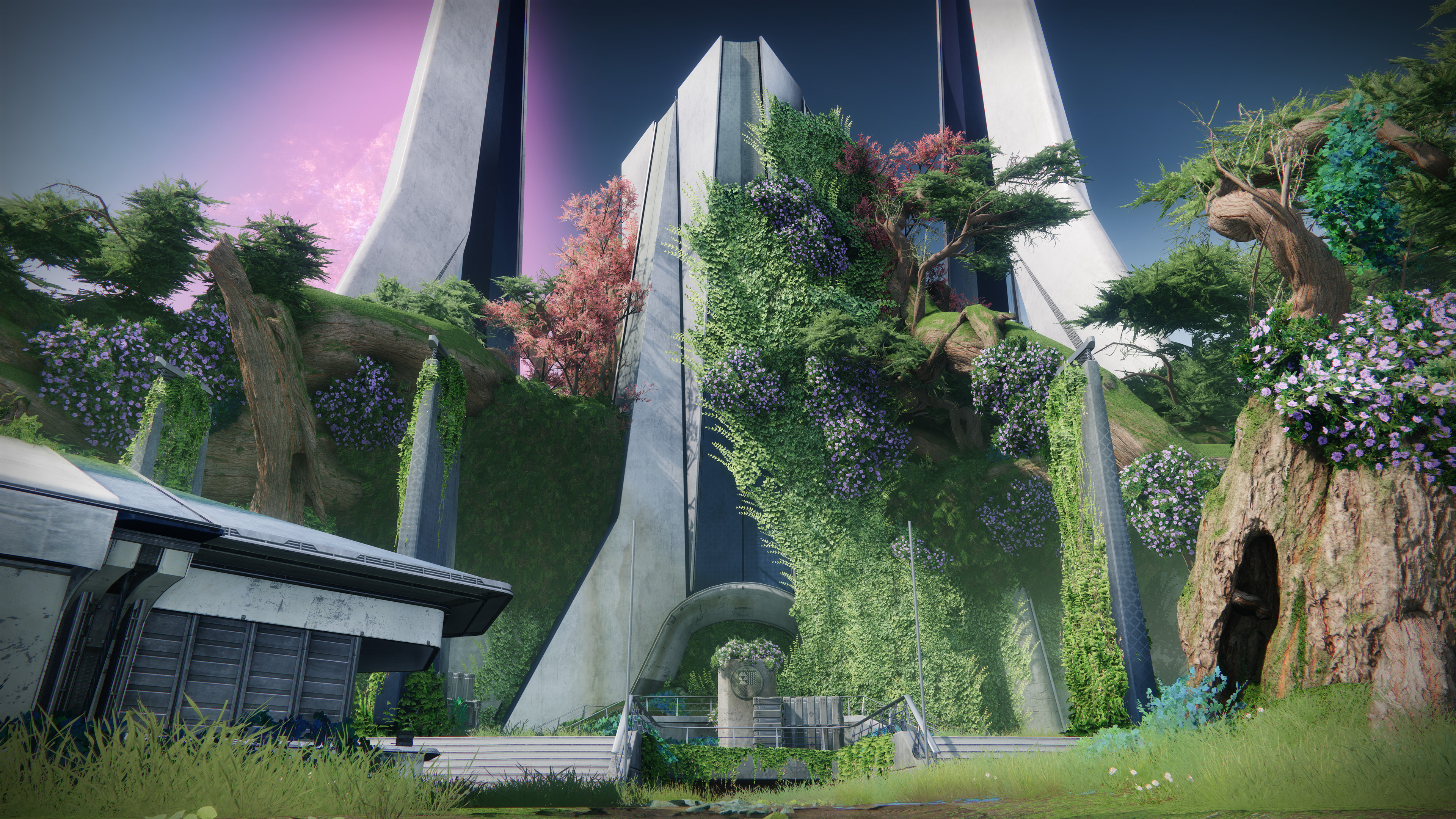
It's dangerously easy to look at the prior model's four Seasons and the new model's three Episodes and assume that yearly pursuits and additions may be thinner comparatively. Stevens says it's the opposite: with three Acts per Episode, it's actually "more like nine content drops throughout the year." These drops will vary in size, with each Episode's first Act apparently rivaling the volume of a seasonal drop. Acts Two and Three will add rewards, activities, meta-defining Artifact mods, and more. A key focus with Episodes is making more changes more frequently to help Destiny 2 feel more alive, which is something that players have requested for years – and a little louder each year as Seasons grew increasingly familiar.
"With Seasons today, I think a lot of it is: here's what you're going to get, and that's what you're going to have for something like 12 to 15 weeks," Stevens says. "A lot of the thinking [with the new approach] is that players just want to see this change a little more rapidly, right? They just want new things coming to Destiny at a slightly faster cadence."
We're going to finish some threads off, but we're also going to start opening up some doors to new stories to be told
Robbie Stevens
The Acts in the first Episode, Echoes, show what sort of 'new things' Stevens and his team have in mind. As well as the start of a new story, Act One delivers a massive Vex arena activity called Breach Executable, which very deliberately leans into the Roguelike nature of recent hit activities such as Savathûn's Spire, the Coil, and even Onslaught from Into The Light. It's a style of activity in which Bungie is actively investing – and, once it's been folded into the Vanguard Ops activity umbrella, Stevens says the studio will also "build upon" Onslaught in year 10. Act Two, meanwhile, will introduce "a completely new set of activities" on top of Breach that will take us "much deeper into the planet" as the Nessus awakening continues. And Act Three contains a bigger surprise still.
"We have an Exotic mission coming in Echoes Act Three," Stevens says. "It is one of the biggest Exotic missions we've ever built, and it's only possible because of this new content cadence. The ability for us to build this massive Exotic mission – literally one of the biggest – it wouldn't have been possible in the past. This is where we see the [development] team taking the opportunity, their willingness to change, their willingness to adapt to this new cadence with us, and really seize the opportunity to expand Nessus, expand this world. Because a lot of us, with Destiny, we think of it as a living world, right? A world that is expanding and changing throughout time. And we would not have been able to expand Nessus in this way without the Episode."
"Massive, massive new stories"
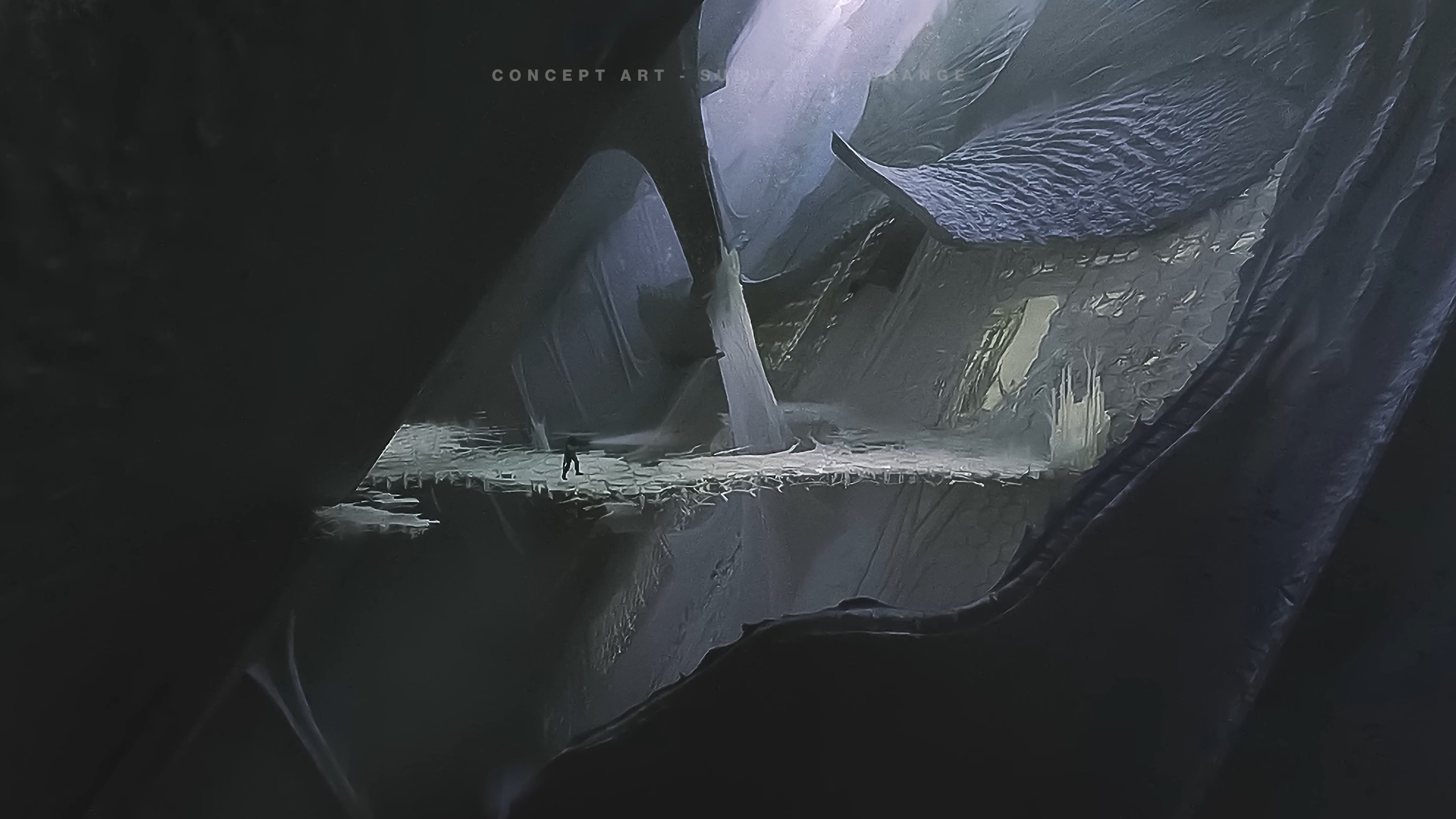
As these activities pile up, permanence – and the attached fear of missing out – hovers over Episodes just as it has Seasons previously. Stevens says Bungie is "laser-focused" on building activities that are great at launch and that players can also enjoy again in the future. He points to the Exotic mission rotator and to Onslaught going into Vanguard Ops. He doesn't want players to "be playing 6D chess" trying to figure out which activities need to be played in order to earn specific rewards.
"Part of year 10 is making sure we give a lot of focus to these individual Acts so you know exactly where to go, exactly what to do when you're chasing this loot," he says. "We have a lot of ways that we're considering doing this. We have a lot of ways we've done it in the past, and we're going to be blending those over the next year or so, but honestly a lot of it is just coming down to a lot of stuff coming in year 10 first. A lot of it is building on the Coils and the Onslaughts."
Episode One sets the pace for a suite of stories that are coming in year 10. If it sounds like an epilogue, that's because it kind of is. But Stevens doesn't love the word 'epilogue' because it "can feel small". He prefers words such as 'fallout', 'consequence' and 'aftermath'. These aren't footnotes in the Destiny chronicles. Rather, Episodes are "massive, massive new stories that are spinning off of the very last parts of The Final Shape."
We really wanted to make sure that The Final Shape and the culmination of the ten-year journey have a lasting impact.
Robbie Stevens
"There are a couple of character threads and moments where we want to make sure that we build off the conclusion in a way that isn't immediately focused on a farther future," Stevens says, quick to stress that year 11 is going to come and that Bungie has "big plans" for it that it's "been working on for a while now" alongside everything else. "Ultimately, that will come. But at least for year 10, we have a handful of characters and moments that we thought, 'Hey, let's take the opportunity here: let's go back to some existing locations across Sol, and let's tie up some of these character stories and also open up some doors'." As we dig into that future during our interview, Stevens pauses to gather himself, as if bracing to deliver the news. He leans back, and then in. This is the big one. Now what?
The future of Destiny 2
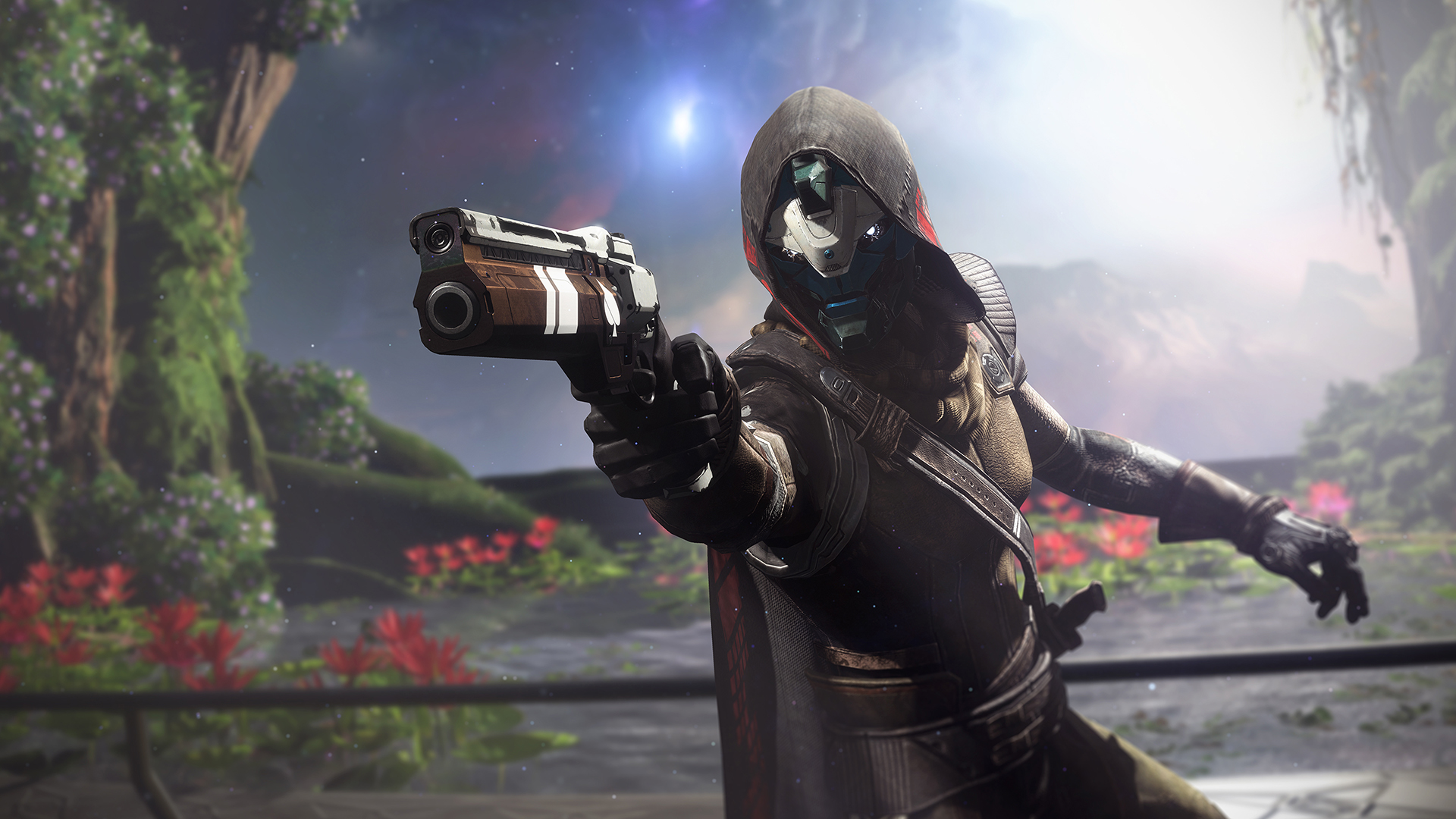
"Episode Two is going to be all about fulfilling the Eliksni prophecy of the Kell of Kells and putting an end to the Scorn menace Fikrul once and for all. We've been dealing with Fikrul since Forsaken. We've been following the thread with Eramis and other characters, like Mithrax, for quite a while now. We think about The Final Shape, and there's just no way to finish those threads and open new doors of what we could do with all these factions. So Revenant is about following that Eliksni thread, that Fallen thread in a way that we can have this satisfying conclusion for a bunch of the arcs that we've been telling with those characters, but also set up the future of the Fallen, the future of the Eliksni in this era."
Destiny 2 isn't slowing down, and neither is Stevens. Macedo alluded to its reputation earlier, and now we learn that in Episode Three we're going right back to the site of Taken King Oryx's Dreadnaught.
"There's going to be an ancient power that is stirring in its halls," Stevens says of the warship, which will "shed its skin" as it's brought back in Heresy with some big changes while still retaining "iconic places" players will look for. "The events of the Episode are going to send shockwaves through the Hive pantheon. You've seen us doing things with Savathûn and Xivu Arath for a while now. The Hive pantheon has been in this strange place where it's like, well, one of the Hive gods is now taking Light – what does that mean for the future of the Hive? We really want to take this opportunity to stir the pot on what the future of the Hive might be like. This is us, again, saying: how do we have the impact of The Final Shape with these Echoes, with each of these Episodes, bringing a giant change to the world? We're going to finish some threads off, but we're also going to start opening up some doors to new stories to be told."
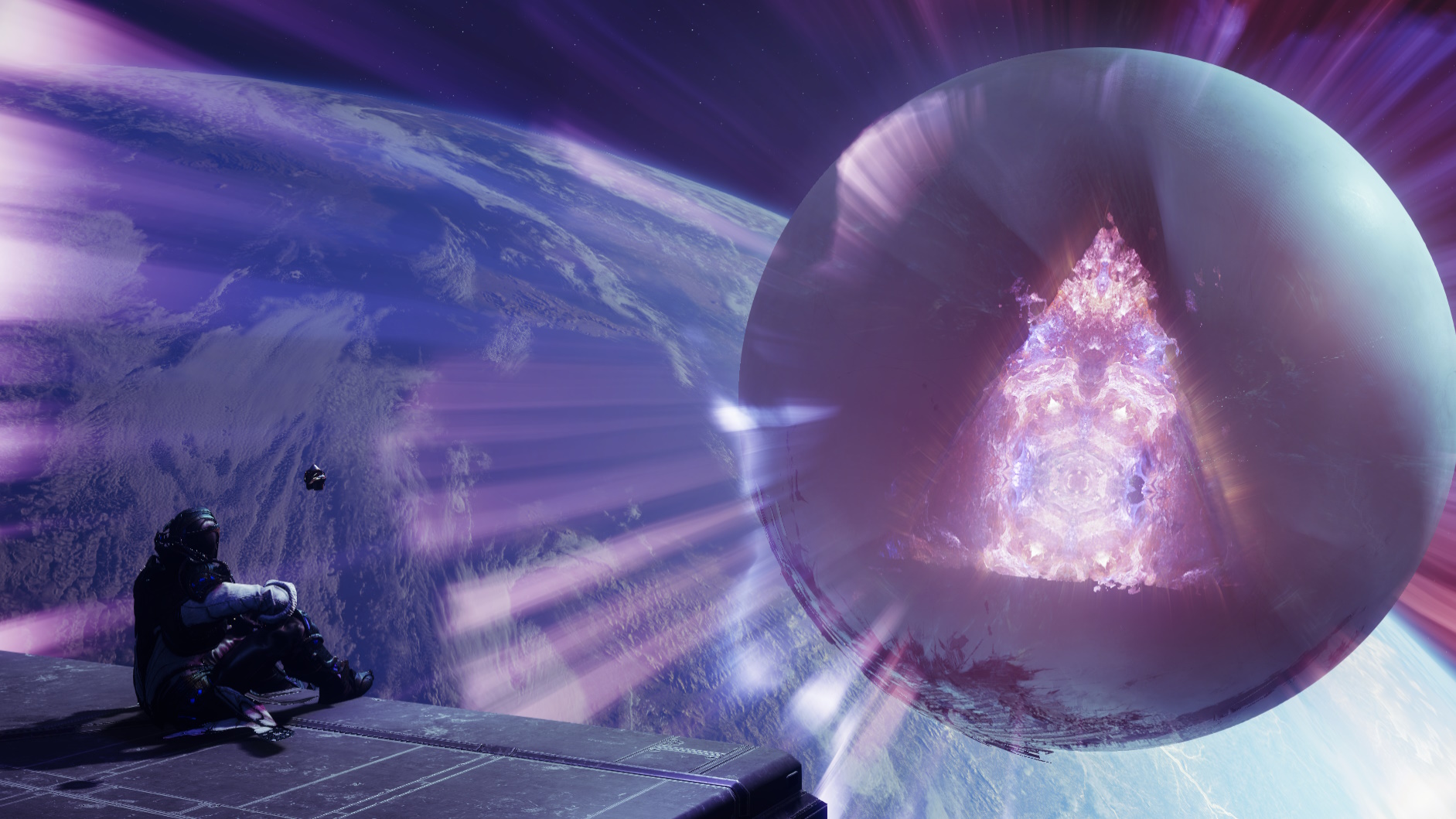
The Vex, Fallen and Hive – the original Destiny enemies apart from the already more thoroughly explored Cabal – will all receive their own Episodes in the year ahead. Using the Dreadnaught as an example, and mirroring the philosophy behind Prismatic, Stevens wonders, "How can we look at this and know players would want to see something like this, but give it to them in a new way?" In all of this, we see the themes and effects of The Final Shape, this moment of reflection and reinvention, ripple out across the year ahead. With the end of the Witness, Bungie's thrown a meteor into the ocean of Destiny lore. Now come the resulting waves.
"All of the content coming in year 10 is the catalyst for what happens next in Destiny 2," Stevens concludes. "And some of those threads will carry forward into the future. But the thing I really want to reinforce here is that we're moving outside of the linear storytelling – internally we call it 'TV-show storytelling' – of Destiny 2 to these more standalone experiences and Episodes that are easier to jump into, easier to engage in. So you don't have to have knowledge of everything that happened right beforehand in order to enjoy that story and enjoy that experience.
"A lot of that thinking about year 11, and how we start really getting into the next journey here after these Episodes, we're going to be leaning on that thinking as well. Because we've been doing this linear thing for a while now, and we want to get back to expanding our worlds and world-building, expanding the universe of Destiny in general." He pauses again. "And I think that's as much as I should probably say about it."
Subscribe to Edge magazine for more stories like this. And here's our own Destiny 2: The Final Shape review: "An incredibly well-executed expansion that nicely rounds off a decade-long journey."
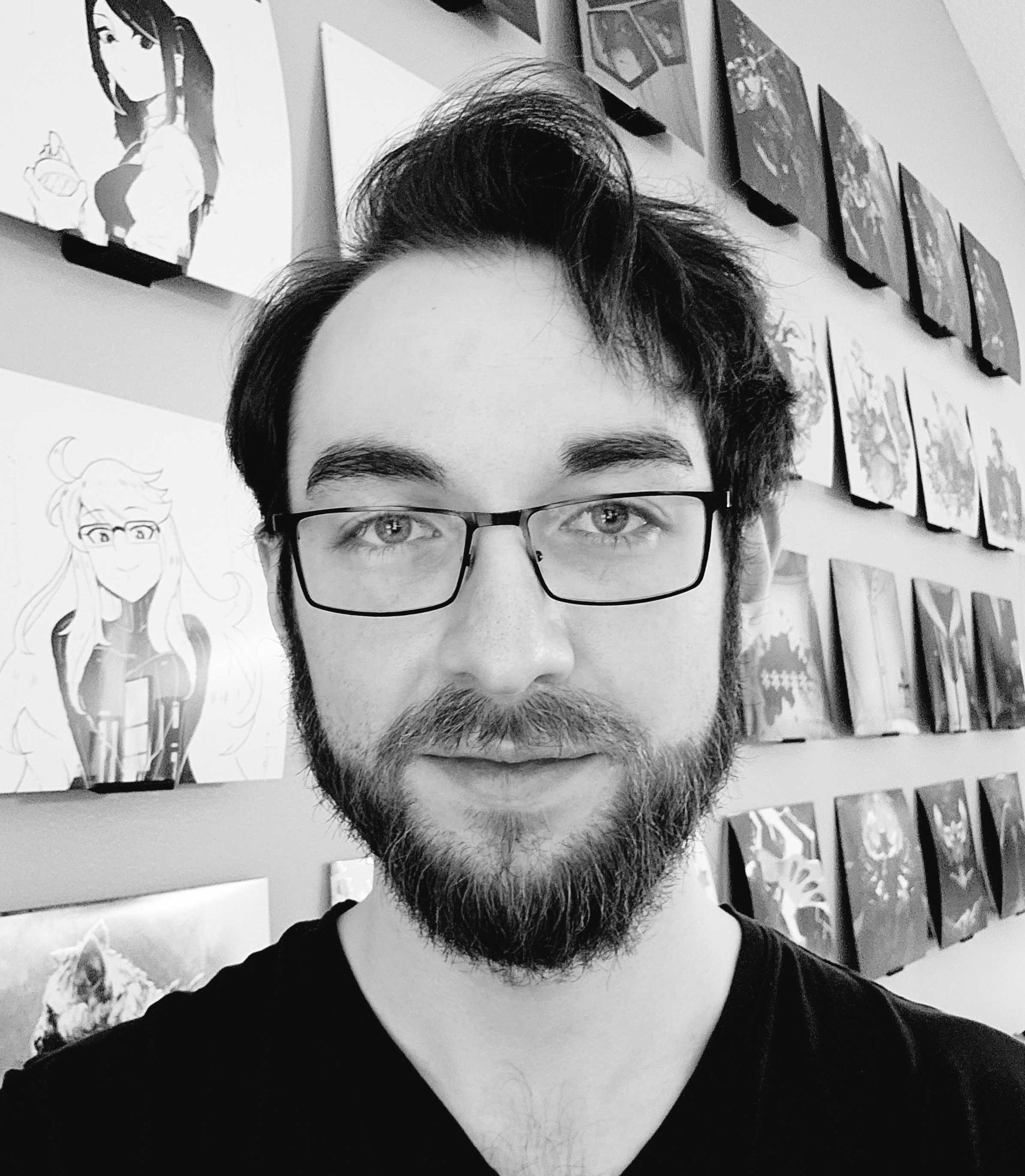
Austin has been a game journalist for 12 years, having freelanced for the likes of PC Gamer, Eurogamer, IGN, Sports Illustrated, and more while finishing his journalism degree. He's been with GamesRadar+ since 2019. They've yet to realize his position is a cover for his career-spanning Destiny column, and he's kept the ruse going with a lot of news and the occasional feature, all while playing as many roguelikes as possible.


